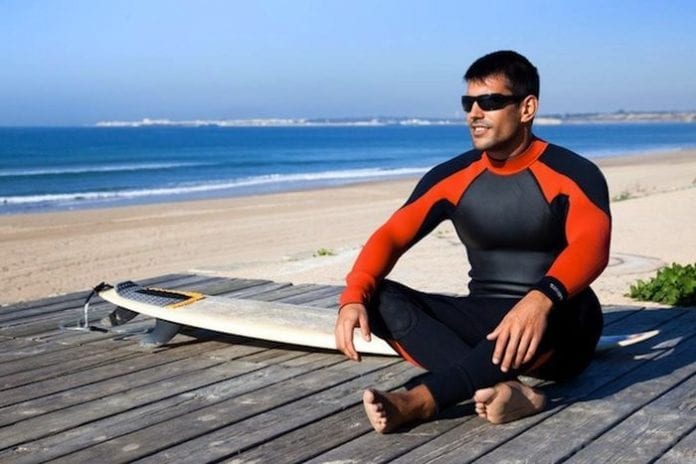Extreme sports and similarly dangerous leisure activities have been prominent for ages. Adrenaline junkies always need something new to try their luck and skill in and nothing really beats surfing. As a water sport, it can be done wherever there is a beach and a little bit of stronger winds. You do not actually need much in terms of equipment, although it can get somewhat pricey at times. Overall, surfing is an amazing and rather difficult thing to master and there is nothing quite like it. Being able to ride the waves and be surrounded with the sea and the sun on the open waters is divine and unmatched by anything else on either surface.
If you are a beginner or an excited newbie looking to master the waves, you are lucky because the road ahead is nothing short of exciting, challenging, and best of all, fun. You have a long road ahead of you of course, but it will all come much easier if you manage to get the right surfing equipment. As mentioned, it can be tricky to gather everything in terms of cost balancing especially if you are on a budget. Therefore, let us explore exactly what you need before you try your luck in this amazing activity. If you are looking to find out more about surfing and the gear associated with it, navigate your way to wetsuitcentre.co.uk.
1. Surfboard
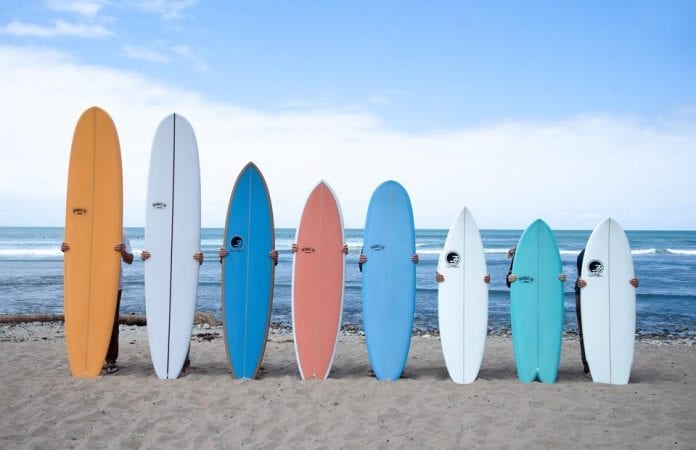
Well, obviously. You cannot to the trade without the tool that basically makes up the trade. However, although quite natural and painfully obvious, this is also the most difficult thing to achieve as not all boards are equal. Nor they should be. There exist different surfboards for different skill levels, and since you are a beginner what you will want is either foam or a soft top surfboard. They are safe, durable, and quite easy to maintain. As such they will allow you to catch your first waves with ease and comfort, preventing you from hurting yourself on the edges when you fall. We do not say if because you will surely fall dozens of times. More important than material is size, and for a newbie the bigger is always the better. Do not go below 7 feet and do not cross 9 feet. Such larger sizes guarantee easier maneuvering and easier catching of waves, since smaller boards are more unstable. The aforementioned size is good for standing up and paddling faster and you will feel improvement with basically every session you do.
2. Leash

A surfboard leash is the second-most important part of every surfer’s gear. Its use is obvious, as it ties the board to you in order to prevent the board from washing up on shore with you still in the water. The leash ensures the board is always close by even if you have a harder fall. It also makes thing safer for other surfers since your board will not float away too much and right into their wave. The basic rule is to get the leash that is the same length as your board. This means anywhere between 7 and 9 feet. You do not want to get tangled up in it, or feel restricted. Leashes are made from thick polyurethane and come with strong padded ankle straps, comfy and reliable.
3. Wetsuit
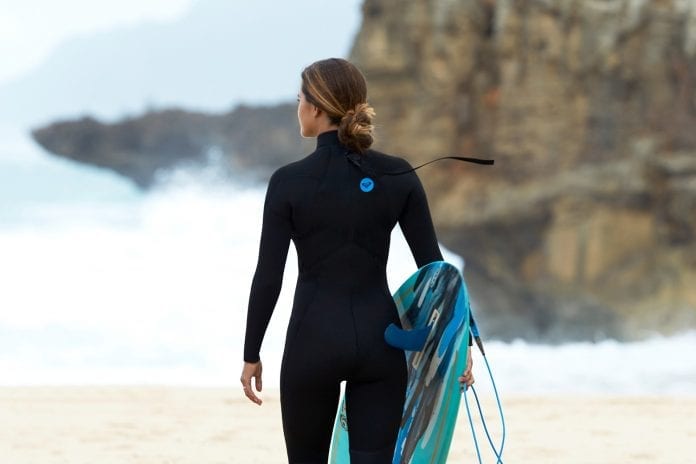
Although you can surf in basic swimsuits and shorts, a wetsuit is the real deal if you want to improve and have the best possible experience. These are designed to keep the wearers warm for longer periods in water, meaning you can surf for longer and do your best each time. Investing in a wetty is a smart move early on because you will grow accustomed to how it makes you feel on the waves. Additionally, the type of suit depends on the place you live and the season you surf in. Full suits are best for cooler weather. For most of the year, go with a 3/2mm suit, while a 4/3mm is recommended for winter. If you are lucky enough to get summer time most of the year, a 1mm or a 2mm is enough for summer and spring, respectively. A suit also protects from the sun which is the strongest out on the open waters.
As you’ve been able to read, choosing the right wetsuit can be quite tricky, especially for beginners. With so much choice, sometimes you just don’t know what the best choice is anymore.
Fortunately, the following website has a helpful article for that, which will help you choose the right wetsuit.
4. Accessories
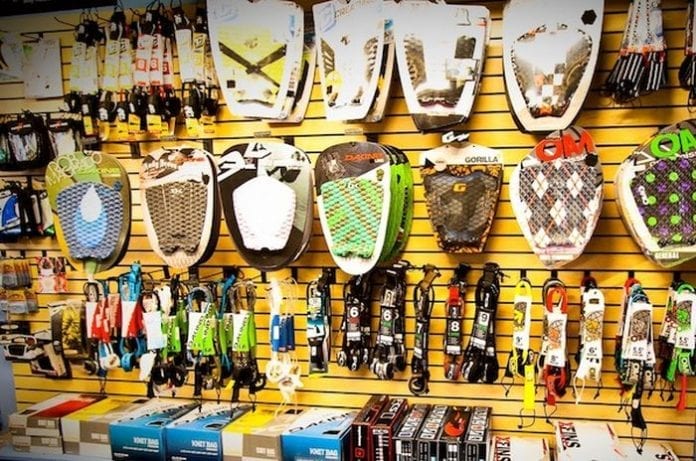
Wetsuit does not cover the entire body, which is why you will need wetty accessories in certain situations. Your head, hands, and feet are still exposed while in a suit, which can be changed with wetsuit booties, gloves, and surf caps. The boots keep the feet warm and comfortable, while allowing easier walking on reefs. For icy and chilly conditions, gloves and a cap are simply a must. Both the gloves and the boots are usually 2 or 3 mm, more than enough to give you protection from both the cold and physical damage.
5. Surf Watch
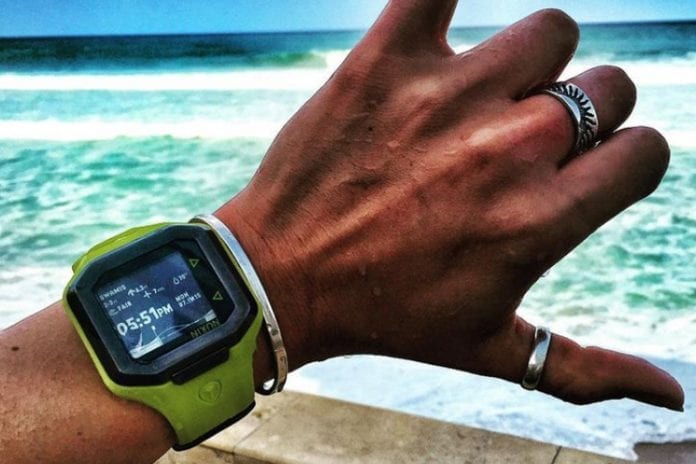
Surf watches do much more than telling time, as they are not capable of giving you information about the best weather conditions for surfing in your region. They are also the only piece of tech you need out there on the waves, whether you are an absolute beginner or an experienced pro. Tracking your progress is important in any physical activity and skill.
6. Surf Bag
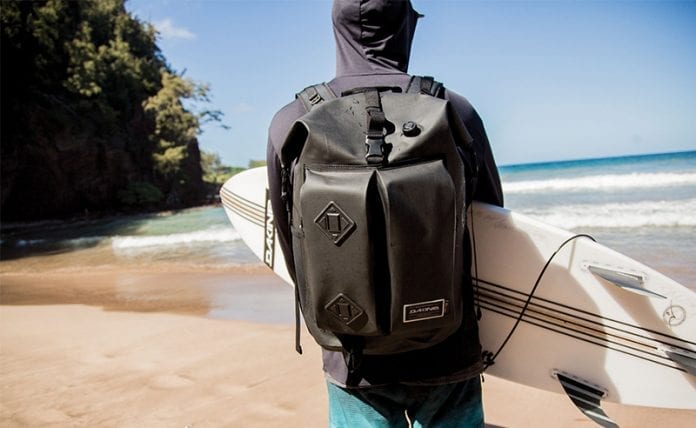
If you have plans to travel around the country or abroad with surfing on your mind, a bag for your surfboard is absolutely necessary. They are quite pricey though, so shop around for an affordable one. They have enough room for all of your equipment too, including the wetsuit and the accessories. Make sure to always have some sunscreen, a pair of sunglasses, and some surf earplugs in there as well!
7. Surf Fins
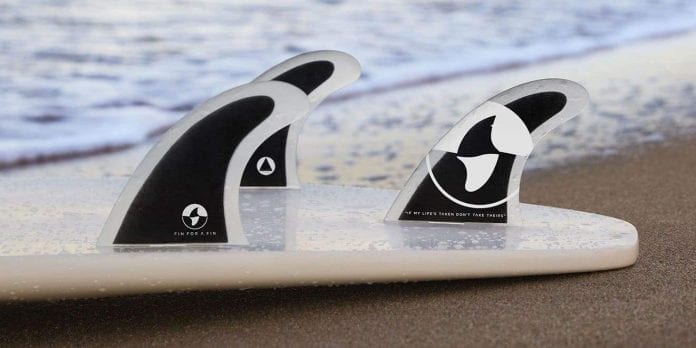
These allow better performance and stability, and you can choose between 1, 2, 3, 4, or 5 fin setups. They also make the board look cooler especially if they follow the overall theme and the color scheme.
8. Wax or Traction Pad
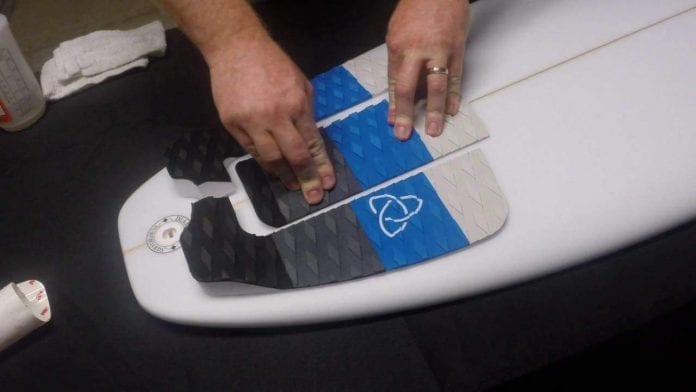
To prevent slipping and take care of your surfboard at the same time, what you will need is either a good surf wax or a traction pad. The wax goes on most of the board, or at least where you usually position your feet. The pad is a one-time endeavor and therefore a more expensive one. Once you have it though, you will not have to wax the board ever again.
